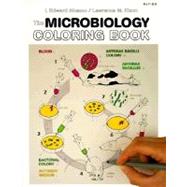This microbiology colouring book asks the reader to colour a series of figures that convey microbiological principles and processes. An efficient review of all areas pertinent to a microbiology course, it simplifies the learning process and provides visually appealing figures that can be used for future study. The act of colouring helps students understand the structure and processes of microbiology, and how they relate to one another.








